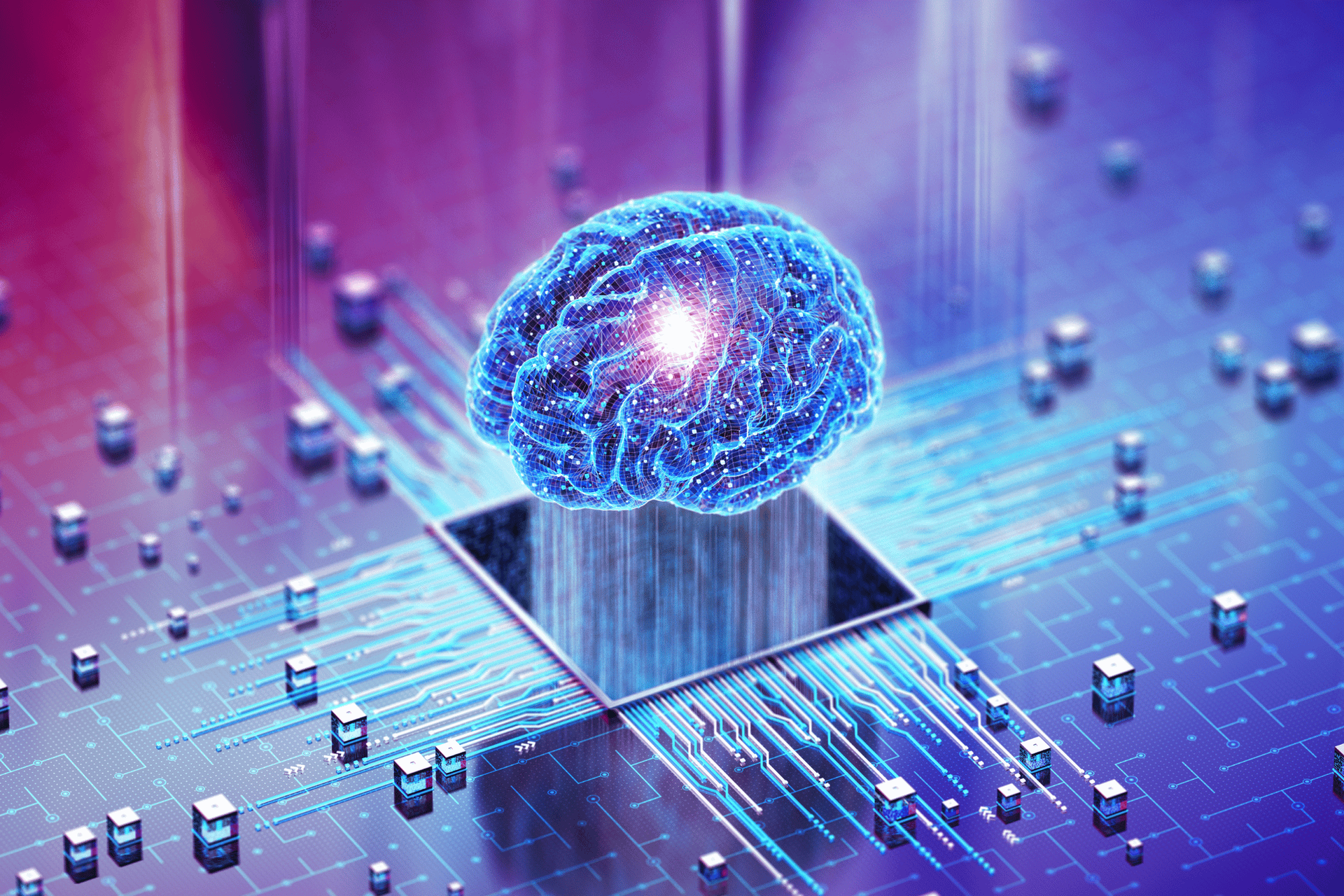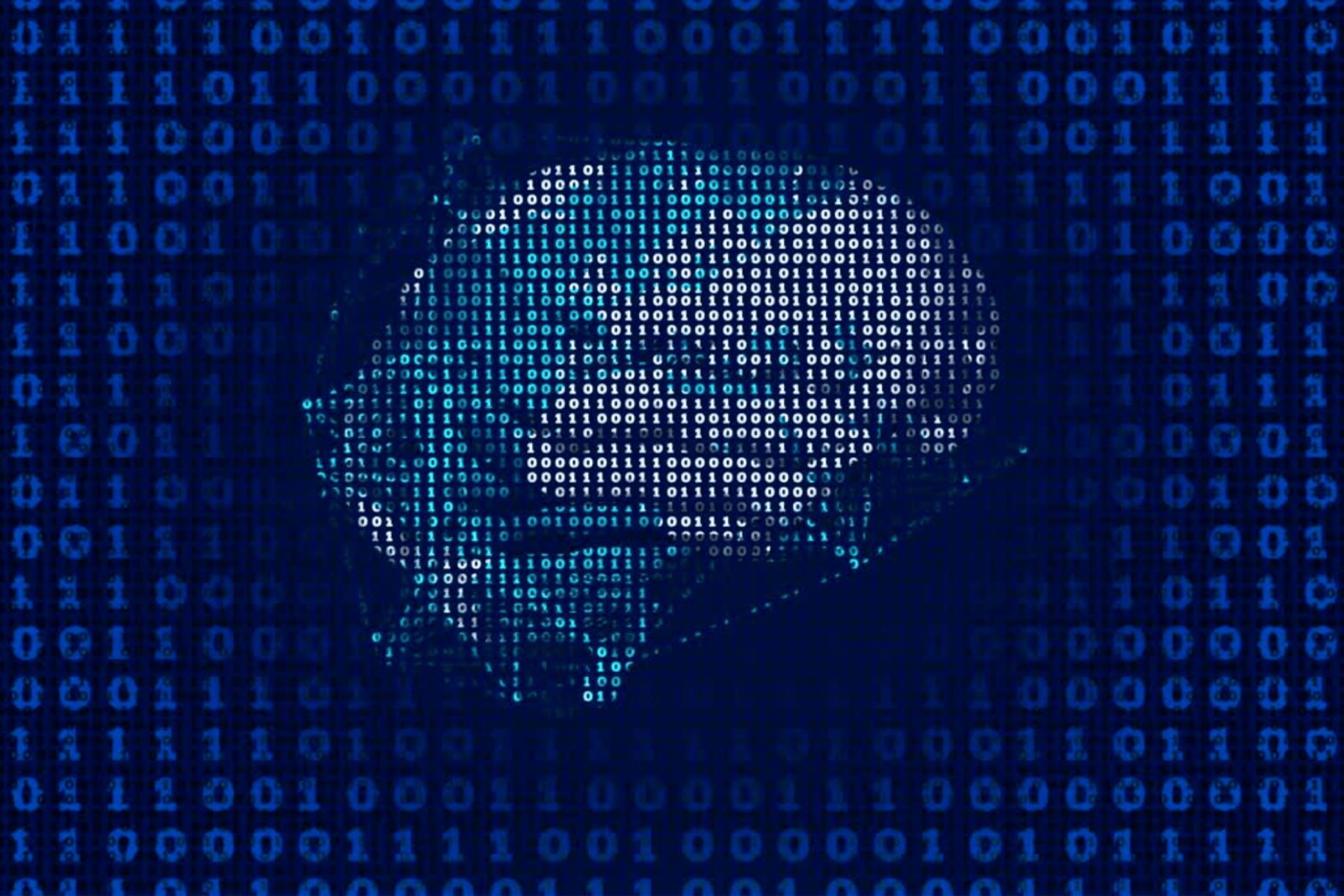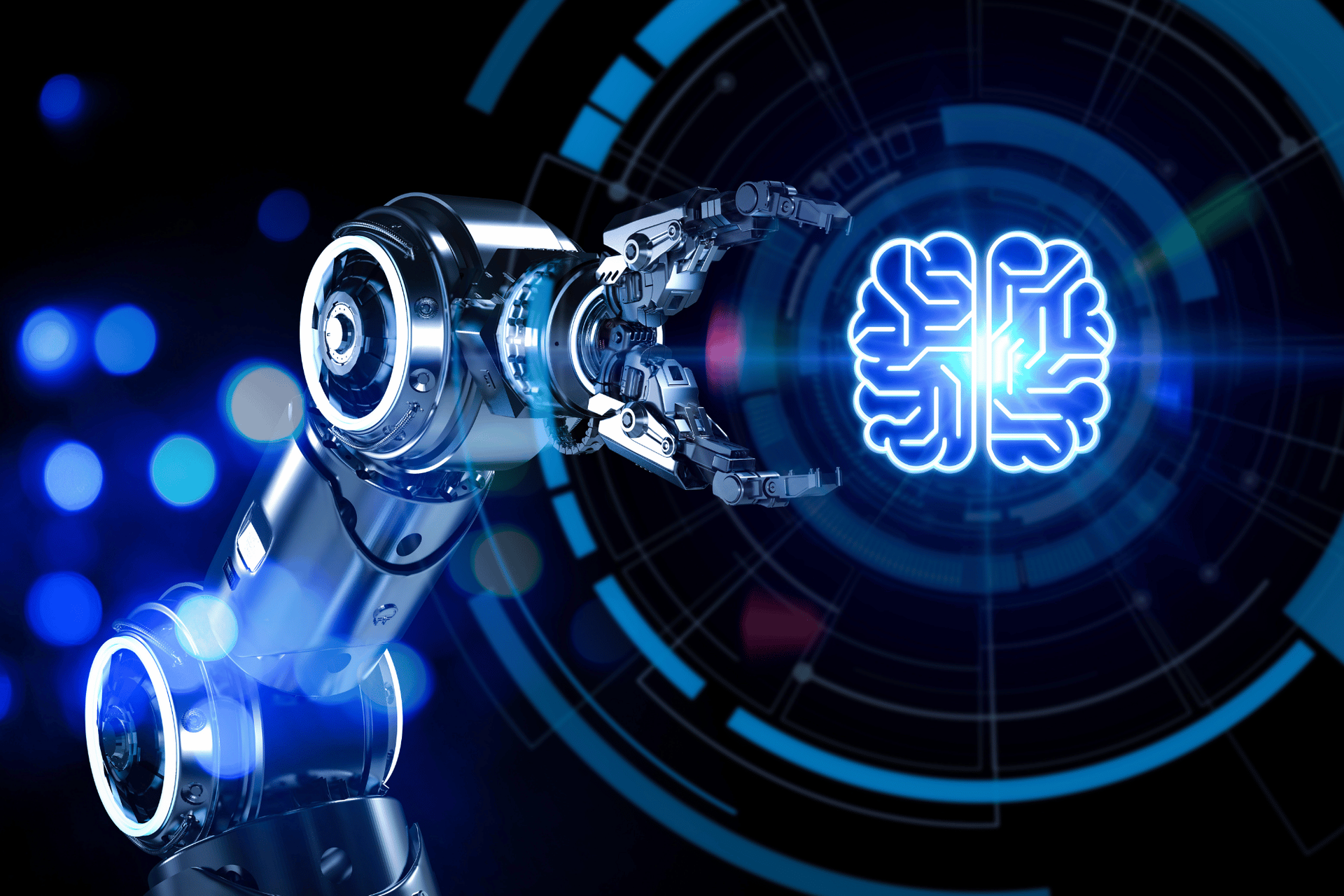AI Power: Expanding Data Center Capacity to Meet Growing Demand
TLDR:
Key Insight: AI is fueling an unprecedented surge in data center demand, with AI-ready infrastructure projected to power 70% of all data center capacity by 2030. Hyperscalers, colocation providers, and GPU cloud companies are racing to scale infrastructure and overcome power and supply chain constraints.
Major Impact: AI workloads require massive power density, pushing engineering innovations in cooling, modular construction, and sustainable energy. Yet, bottlenecks in power availability and supply chain logistics threaten expansion. Over $1 trillion in investment is needed to meet soaring demand.
Actionable Takeaway: Companies that secure power, scale efficiently, and innovate in AI-driven infrastructure will dominate the future of AI adoption. The race to build AI-ready data centers is defining the speed at which AI transforms industries worldwide.
Summary
The McKinsey Report on AI-Driven Data Centers explores how the explosion of AI and machine learning is reshaping data center infrastructure. As AI workloads demand more computational power, hyperscalers and colocation providers are racing to build next-generation data centers capable of supporting AI model training, inferencing, and high-performance computing.
Surging Demand & AI-Driven Growth:
McKinsey predicts global data center demand could rise between 19% and 22% annually through 2030, potentially reaching 298 gigawatts (GW). Demand for AI-ready capacity alone is projected to grow 33% per year, meaning that by 2030, 70% of total data center demand will be AI-driven.
Cloud hyperscalers like Amazon Web Services, Google Cloud, and Microsoft Azure currently dominate AI data center expansion. However, the market is evolving, with GPU cloud providers like CoreWeave and colocation providers stepping in to support rising demand.
Bottlenecks & Constraints:
Despite this aggressive expansion, supply chain constraints and power limitations threaten growth. Some regions, including Northern Virginia and Santa Clara, face severe power grid limitations, slowing the construction of new facilities. Rising costs for GPUs, colocation services, and infrastructure components are also impacting deployment timelines.
Engineering Innovations & Power Challenges:
AI data centers require significantly more power than traditional workloads. Average power densities have doubled in just two years, with some AI workloads consuming 80 to 120 kW per rack. This is driving innovation in liquid cooling systems, modular construction, and on-site sustainable power generation (e.g., nuclear-powered data centers and fuel cell solutions).
Investment & Expansion Opportunities:
With demand skyrocketing, McKinsey estimates over $1 trillion in investment will be required across the data center ecosystem by 2030. Companies that can secure power, scale infrastructure, and innovate in cooling and energy efficiency will gain a first-mover advantage in this high-growth market.
The race to build AI-ready data centers is defining the future of AI adoption. The companies and investors that move fastest will dictate the pace at which AI transforms industries worldwide.
Tags
AI Infrastructure & Data Centers
ITOpsAI Hub
A living library of AI insights, frameworks, and case studies curated to spotlight what’s working, what’s evolving, and how to lead through it.


